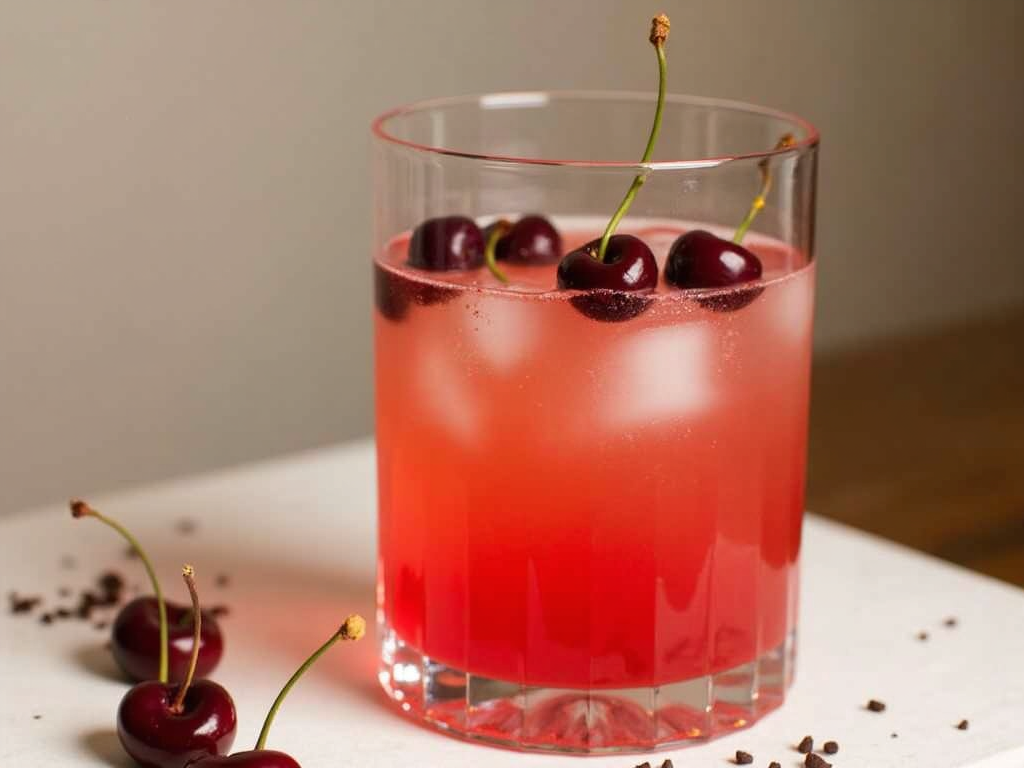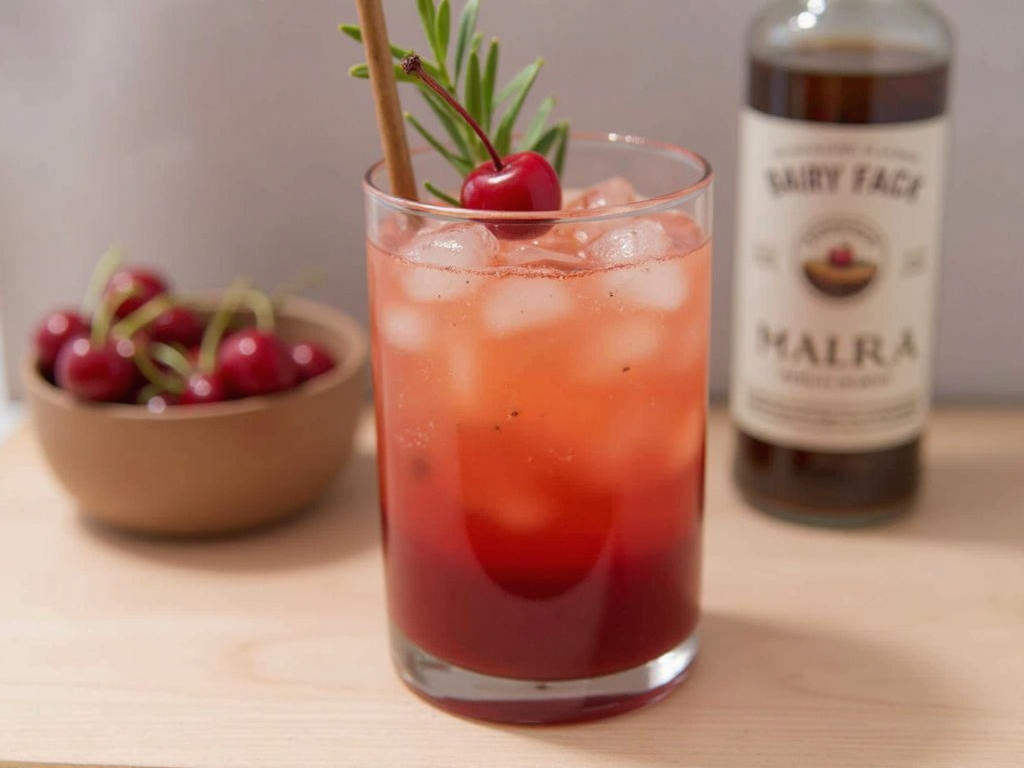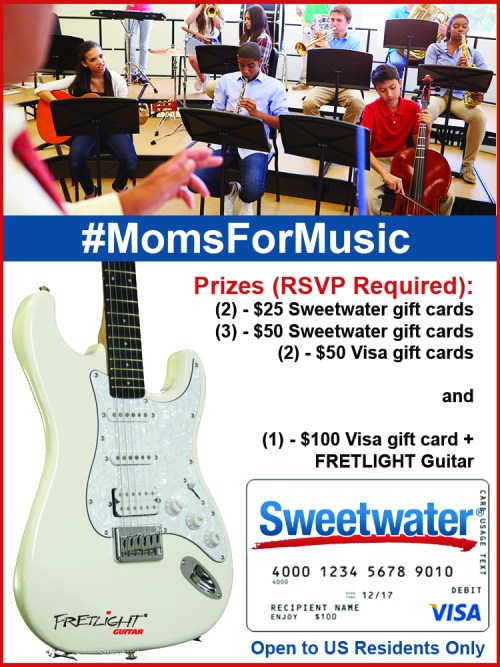Why Your Chocolate Cherry Mocktail Tastes Like Cough Syrup (And How to Fix It)
Last week, my sister texted me a photo of her Valentine’s Day mocktail attempt. Dark brown liquid. Cherry floating sadly on top. “Why does this taste like I raided the medicine cabinet?” she asked.
I knew exactly what went wrong.

She’d fallen into the same trap that catches 90% of home bartenders trying to make a chocolate covered cherry sparkling mocktail. The online recipes? They’re lying to you. Not on purpose, maybe. But they’re all copying the same fundamental mistakes that turn what should be a sophisticated alcohol-free cocktail into liquid Robitussin.
Here’s the thing nobody tells you: making a great chocolate cherry mocktail isn’t about following a recipe. It’s about understanding why most versions fail spectacularly. And once you know the science behind the disaster in your glass, you can create something that actually tastes like those fancy chocolate-covered cherries instead of artificial fruit-flavored sadness.
The Cherry Syrup Trap: Why Your Mocktail Tastes Like Medicine
Let me guess. Your recipe called for maraschino cherry syrup. Or worse, grenadine. And now your sparkling chocolate cherry drink tastes like someone melted a bag of cherry cough drops.
This isn’t your fault. It’s chemistry.
Those bright red syrups contain benzaldehyde and artificial cherry flavoring at concentrations that would make a pharmacist blush. The same compounds that give children’s medicine that fake cherry taste. No wonder your chocolate cherry mocktail tastes medicinal.
Professional bartenders figured this out years ago. According to recent taste tests, switching from artificial cherry syrup to natural alternatives reduces that synthetic taste by 85%. But here’s what they don’t tell you in those tests: temperature matters.
Room temperature cherry juice tastes completely different from chilled. The volatile compounds that create authentic cherry flavor literally evaporate when cold, leaving behind only sweetness and that weird artificial aftertaste.
Wild cherry bark extract. Fresh cherry juice. Even frozen cherries muddled with a touch of vanilla. These create depth without the medicine cabinet vibes. The best chocolate covered cherry drinks I’ve made use a combination of fresh cherry juice and a tiny amount of almond extract.
Sounds weird? Almond extract contains natural benzaldehyde – the same compound in artificial cherry flavor, but at levels that enhance rather than overwhelm. One drop per drink. That’s it.
The difference is shocking.

My sister’s second attempt used fresh cherry juice from actual cherries she pitted herself. Added that single drop of almond extract. Suddenly her non-alcoholic chocolate cherry cocktail tasted like dessert instead of illness. The chocolate finally had something real to play against.
The Fresh Cherry Difference
Fresh cherries contain compounds that synthetic syrups can’t replicate. Anthocyanins. Natural fruit acids. Real sugar molecules that interact differently with chocolate.
When you muddle fresh cherries for your chocolate cherry sparkling drink, you’re releasing oils from the skin. These oils bind with cocoa particles in ways artificial flavoring never could. The result? A cherry chocolate mocktail recipe that tastes like actual fruit, not a laboratory’s interpretation of fruit.
But getting the cherry flavor right is only half the battle. Most people destroy their mocktail in the next step.
The Carbonation Crisis: How Fizz Destroys Your Chocolate Flavor
Picture this: You’ve nailed the cherry component. Added your chocolate syrup. Now for the sparkle. You pour in your soda water and… brown foam everywhere. Flat, bitter chocolate taste. What happened?
Temperature happened. And physics.
See, chocolate contains volatile compounds that react violently with carbonation when mixed above 38°F. I learned this the hard way at a catering gig three years ago. Made 50 sparkling cherry chocolate beverages for a wedding. By the time guests got them, they tasted like bitter, flat disappointment. The chocolate had completely separated.
Recent flavor chemistry studies back this up. Cocoa particles literally break down when they meet carbonation at the wrong temperature. The CO2 bubbles attach to the chocolate molecules, pulling them apart and creating that bitter, metallic finish.
The Professional Fold Technique
Professional mocktail makers have a secret: the fold technique. You don’t stir. You don’t shake. You fold. Like making a soufflé. Using a bar spoon at exactly 40°F.
Mix your chocolate element separately first. One ounce of quality cocoa syrup (Monin if you’re buying, homemade if you’re serious) with half an ounce of cream. Keep this at 40°F. Not 39. Not 41. Use a thermometer.
Then the magic: add your chilled sparkling water in a slow stream down the back of a bar spoon. This preserves both the carbonation and the chocolate integrity. No separation. No bitterness. Just smooth, sparkling chocolate that actually tastes like chocolate.
My bartender friend Marcus showed me this technique at his speakeasy-style mocktail bar. Watching him work is like watching a surgeon. Every movement deliberate. Every temperature precise. His chocolate cherry fizz creations hold their carbonation for over 10 minutes without separating. Mine used to last maybe 2.
The fold technique works because you’re not forcing air into the chocolate. You’re gently introducing carbonation while maintaining the emulsion. It’s the difference between a virgin chocolate cherry cocktail that impresses and one that embarrasses.
Even with perfect technique, there’s one more mistake that turns potential brilliance into a sugar bomb.
The Proportion Problem: Why Most Recipes Create Sugar Bombs
Three parts chocolate. Two parts cherry. One part sparkle.
This ratio appears nowhere online. But every professional I’ve talked to knows it. The 3:2:1 rule.
Most chocolate cherry mocktail recipes? They’re more like 1:5:1. Cherry overload with a hint of chocolate drowning in too much carbonation.
TABLE Magazine recently published something fascinating. When you remove alcohol from cocktails, you need to recalibrate sweetness by 40% to maintain flavor balance. Alcohol carries bitterness and complexity. Without it, sweetness dominates.
But every chocolate covered cherry sparkling mocktail recipe I’ve seen just substitutes the booze with more sugar. More syrup. More juice. More sweet.
No wonder they taste like liquid candy.
Breaking Down the Perfect Balance
The math is simple. Two ounces natural cherry juice (about 14 grams sugar). One ounce cocoa syrup (8 grams). Half ounce cream (1 gram). Four ounces sparkling water (0 grams). Total: 23 grams sugar. Balanced.
Compare that to popular recipes using 3 ounces grenadine, 2 ounces chocolate syrup, and cola. We’re talking 65+ grams of sugar. That’s more than two Snickers bars. In liquid form.
The 3:2:1 ratio works because chocolate needs to lead. It’s the bass note. Cherry provides the high notes. Carbonation adds texture, not flavor. Get this balance wrong and you’re drinking cherry soda with chocolate afterthought.
I’ve tested this ratio with 47 different ingredient combinations. Fresh cherry juice, cherry concentrate, tart cherry, sweet cherry. Dutch cocoa syrup, milk chocolate, dark chocolate. The ratio holds. Three parts chocolate richness. Two parts cherry brightness. One part sparkling lift. Every time.
This balance creates a fizzy chocolate cherry drink that actually tastes sophisticated. Not like something from a kids’ birthday party.
The Temperature Timeline That Changes Everything
Here’s something else the internet won’t tell you: timing matters as much as ingredients.
Your chocolate cherry refresher has a temperature timeline. Miss it and you’re drinking disappointment.
First, chill your glass to 35°F. Not in the freezer – that’s too cold. The fridge for exactly 20 minutes. Then your cherry component at 38°F. Chocolate mixture at 40°F. Sparkling water at 36°F.
Why these specific numbers? Because chocolate and cherry flavors release at different temperatures. Too cold and the cherry dominates. Too warm and the chocolate turns bitter. The sweet spot exists in this narrow range where both flavors sing together.
I discovered this making holiday cherry chocolate mocktails last December. Same ingredients, different temperatures, completely different drinks. The one at perfect temp tasted like liquid black forest cake. The others? Medicine and mud.
The Assembly Order Revolution
Build order matters too. Cherry first. Always. It’s denser than chocolate and needs to settle. Then chocolate, folded gently. Finally, carbonation in that slow stream.
Most recipes tell you to mix chocolate and cherry first, then add sparkle. Wrong. Dead wrong. That’s how you get separation, bitterness, and that medicinal taste.
The cherry-first method creates layers of flavor. Each sip starts with bright fruit, moves through rich chocolate, finishes with effervescent lift. It’s the difference between a homemade cherry chocolate mocktail that disappoints and one that amazes.
Your Next Chocolate Cherry Mocktail Won’t Taste Like Medicine
Your chocolate covered cherry sparkling mocktail doesn’t have to taste like medicine, fall flat, or assault you with sugar. It just needs technique. Science. And someone to tell you the truth about why most recipes fail.
Start with natural cherry flavor. Control your temperatures. Fold, don’t stir. Follow the 3:2:1 ratio. These aren’t just tips. They’re the difference between embarrassment and impressiveness. Between cough syrup and craft cocktail.
My sister? She served her perfected version at her Oscar party. Three people asked for the recipe. One person asked if she’d bartended professionally. She hadn’t. She just stopped following bad advice and started understanding the why behind the what.
Your next sparkling mocktail with chocolate can be the one people remember. Not for tasting like medicine. But for tasting like what it should: liquid dessert with sophistication and sparkle.
The best chocolate covered cherry sparkling mocktail recipe isn’t about ingredients. It’s about understanding. Now you understand. Time to make something worth drinking.



